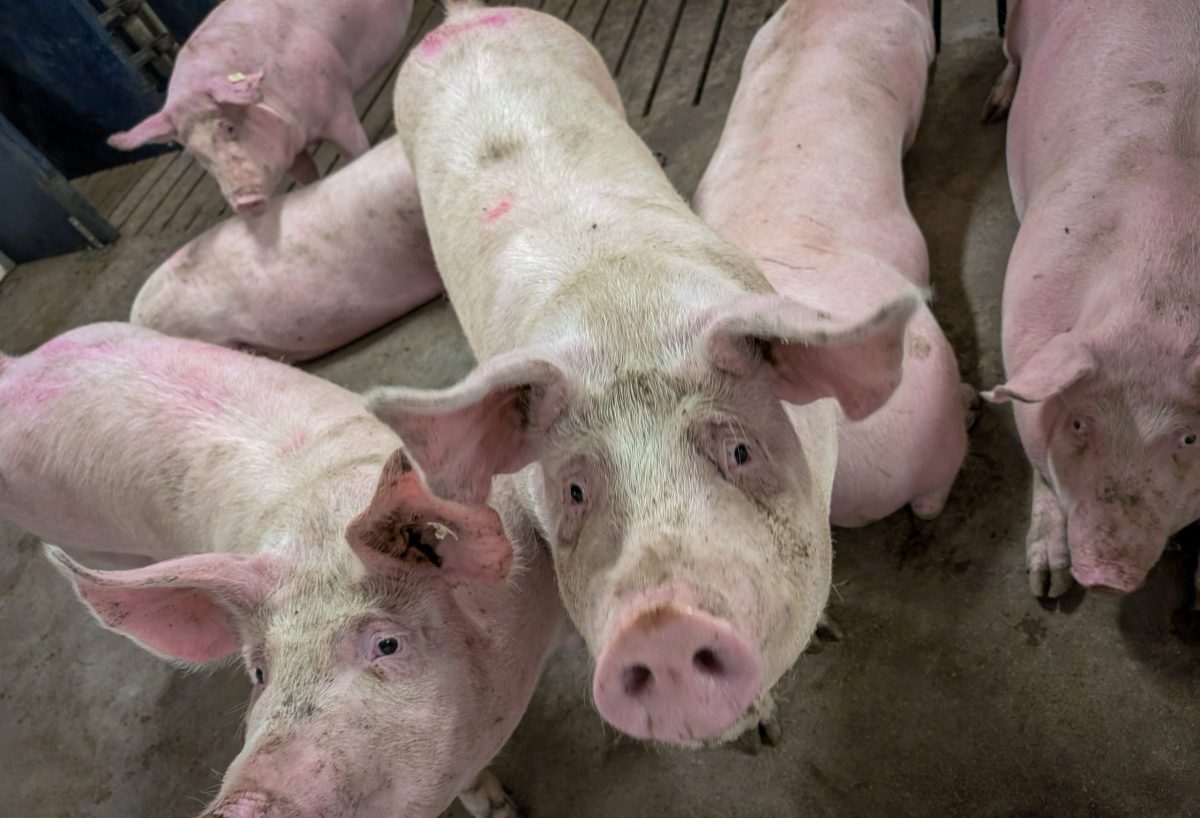Chicago | Reuters — U.S. soybean and corn futures ended nearly flat on Wednesday, consolidating one day after the front soybean contract plunged to a near 10-year low on trade tensions and favorable Midwest crop weather, analysts said.
Chicago Board of Trade wheat futures rose more than two per cent in technical moves, including traders liquidating long Kansas City/short Chicago wheat spread positions.
At the CBOT, July soybeans settled up 1/2 cent at $8.89-1/2 a bushel and July corn ended up 1/2 cent at $3.54-1/4 a bushel (all figures US$). A day earlier, corn fell to contract lows while front-month soybeans slid to $8.41-1/2, the lowest spot price on a continuous chart since December 2008.
Read Also

U.S. livestock: CME cattle futures lower after sideways trade
Chicago | Reuters – Chicago Mercantile Exchange live and feeder cattle futures inched lower on positioning on Tuesday as thin…
“We’ve got all the bad news dialed in for now. We’ve taken enough risk premium out, for the time of year we’re in,” said Don Roose, president of Iowa-based U.S. Commodities.
Soybeans tumbled Tuesday after U.S. President Donald Trump threatened to impose a 10 per cent tariff on another $200 billion of Chinese goods. China’s commerce ministry described the threat as “blackmailing” and said Beijing would fight back.
Trump’s threat followed the announcement by his administration of tariffs on $50 billion of Chinese goods last week, which triggered retaliatory tariffs by Beijing on a slate of U.S. products, including soybeans and corn.
Tuesday’s sell-off was also driven by generally favourable weather in the Midwest crop belt that has bolstered expectations for big U.S. corn and soy harvests.
However, Roose noted uncertainty about forecasts for July and August, crucial months for U.S. crop development.
“We don’t know what the size of the crop is yet,” Roose said.
CBOT wheat futures rose as traders exited long K.C./short CBOT wheat futures by buying CBOT soft red winter wheat futures and selling K.C. hard red winter wheat.
CBOT wheat had light support from fears of tight supplies of high-quality grain as the soft red winter wheat harvest began in the southern Midwest, and as the CBOT July contract approached its delivery period.
That support “is exaggerated with the liquidation of long K.C.-short Chicago spreads,” said Tom Fritz, a partner with EFG Group in Chicago.
— Julie Ingwersen is a Reuters commodities correspondent in Chicago; additional reporting by Naveen Thukral in Singapore and Sybille de La Hamaide in Paris.















